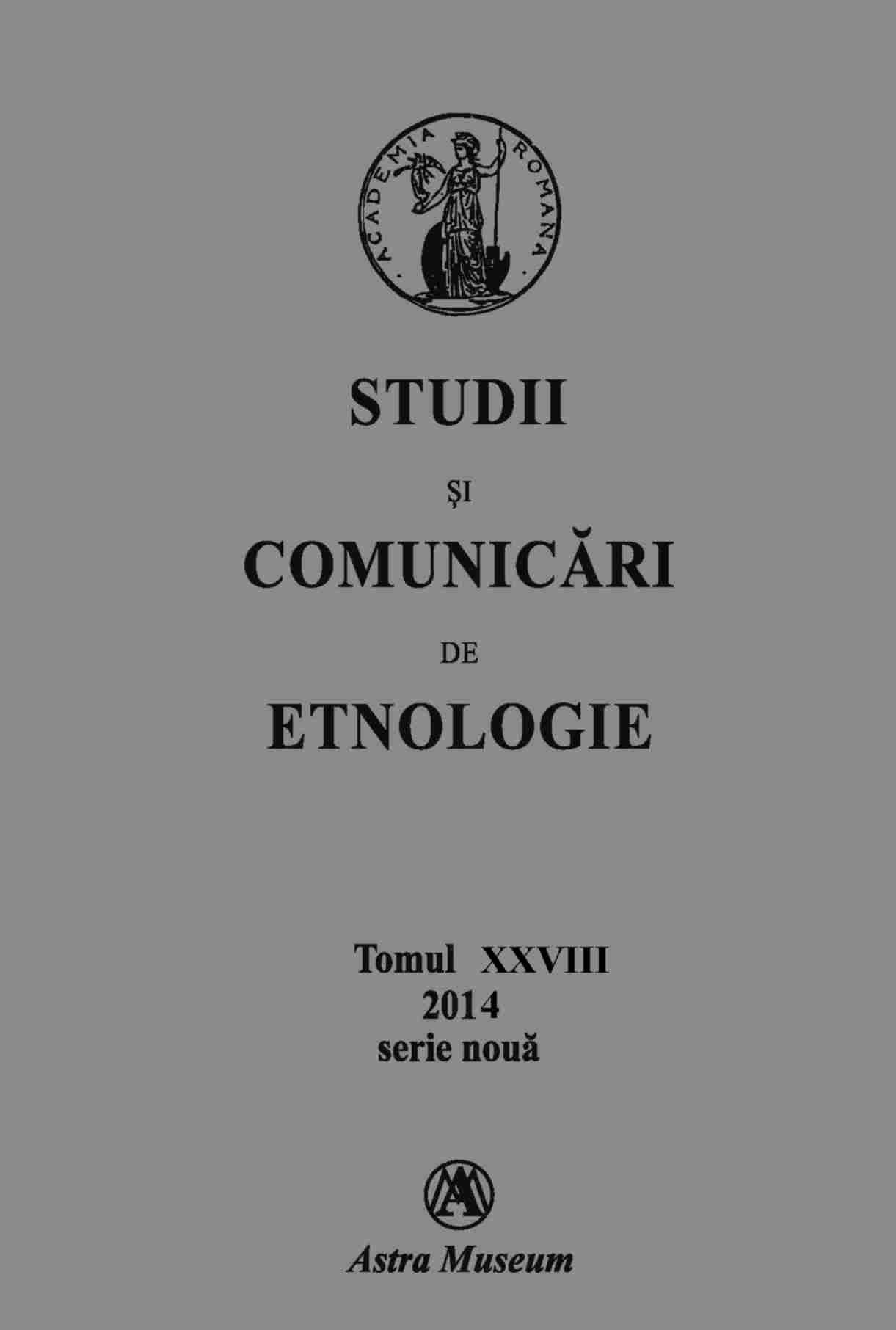Rezervaţii de arhitectură vernaculară. Protejare și viabilitate
The vernacular architecture reservations
Author(s): Andreea BuzașSubject(s): Museology & Heritage Studies, Tourism, EU-Legislation
Published by: ASTRA Museum
Keywords: vernacular architecture; Romanian village; historic monuments; conservation activity; open-air ethnographic museums;
Summary/Abstract: This writing is dedicated to the vernacular architecture reservations. It focuses on a large number of legal aspects and implications and it underscores the role of reservations in the preservation of the Romanian village, as a main way of protecting this type of human settlements prior to the transfer of the monuments to open-air museums. According to historian Nicolae Iorga, the earliest concerns with vernacular architecture monuments is from 1753-1756, when Moldova was ruled by Grigore Matei Ghica, the prince being well known for his frequent visits to princely courts and fortresses and thus considered the first inspector of historic monuments. Even if the principles established by various international charters have got drawn with the restoring activity of open-air ethnographic museums in view, the first step in salvaging the vernacular heritage is an in-situ preservation of the monuments, followed then, only when absolutely necessary, by their transfer to open-air ethnographic museums. From a legal point of view, the in-situ conservation activity and the open-museum activity are two different steps attempted at salvaging the heritage, though actual field situations may make those two activities also condition each other.
Journal: STUDII ŞI COMUNICĂRI DE ETNOLOGIE
- Issue Year: XXVIII/2014
- Issue No: 28
- Page Range: 101-117
- Page Count: 17
- Language: Romanian
- Content File-PDF

